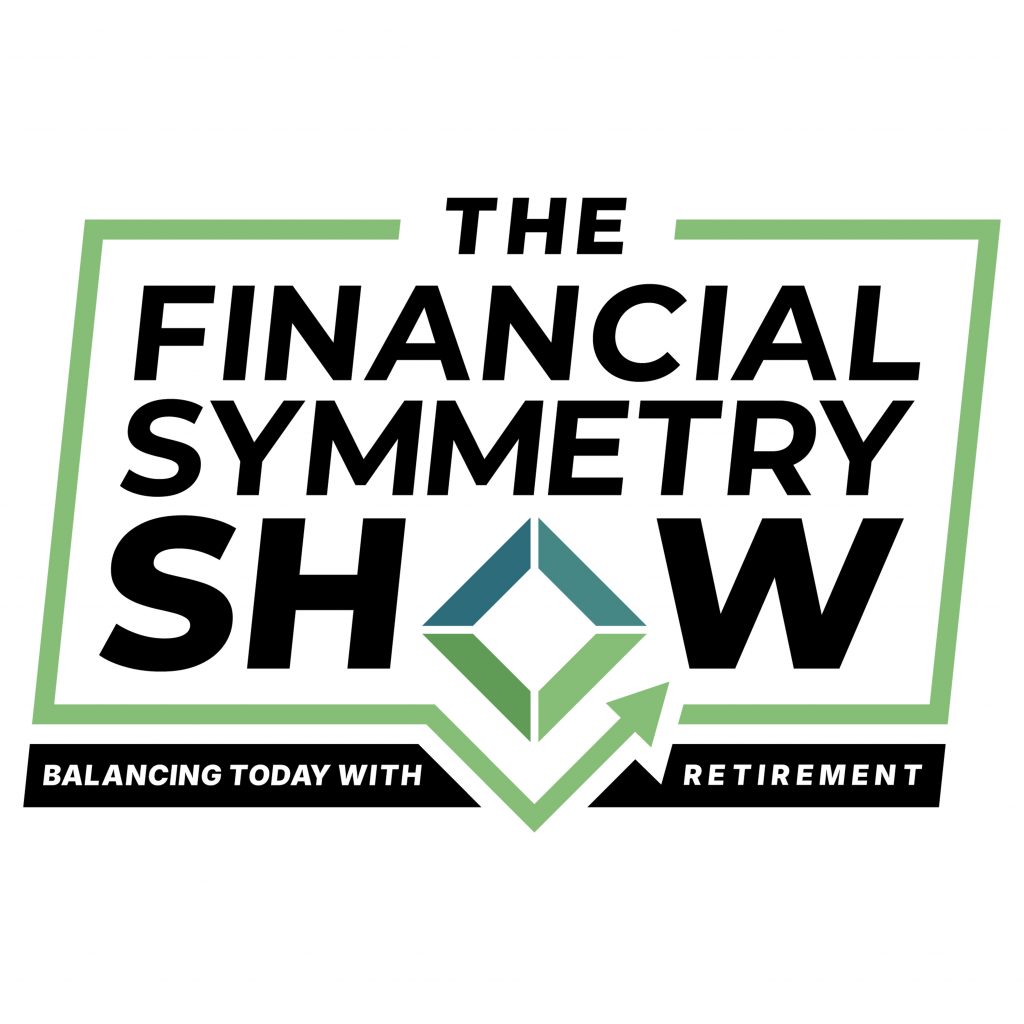The second quarter of 2025 was anything but dull in the financial world. But despite the market surprises, both US and international stocks finished the first half of the year up over 10%. Over the last 12 months, markets have performed robustly, returning 14 – 19%.
Bonds have also held their own, with 6% returns over the last year. Investors have endured a roller coaster ride, especially after the dramatic market drop following tariff announcements and the subsequent quick recovery.
The Impact of Tariffs
One of the central themes this year has been tariffs. The shifting tariff landscape has created short-term uncertainty for businesses and investors alike. Tariffs are like a light switch—they can be turned on and off suddenly, making it tricky for markets to forecast their effects.
Tariffs act like a corporate tax, potentially cutting into future earnings. The unpredictability surrounding these policies has fueled market volatility, but also produced unique buying opportunities.
For example, Financial Symmetry’s rules-based investment process triggered alerts to buy when prices dropped, and allowed for strategies like tax-loss harvesting.
A Return to Diversification and Currency Impacts
After years in the investing wilderness, international stocks are back in focus—thanks in part to a weakening US dollar. As the dollar has dropped by about 11% relative to other major currencies so far in 2025, international holdings have enjoyed a tailwind in US investors’ portfolios.
The benefit is, when the dollar weakens, your international investments actually benefit. The historical trends of the dollar (and their cyclical nature) highlight the value of geographic diversification in an investment portfolio.
The Gold Rush (and Crypto Craze)
Whenever a particular asset shines brightly in the headlines, investor interest skyrockets. Gold and cryptocurrency have both enjoyed a “flavor of the month” status in recent quarters, but it’s better to be cautious.
Gold, in particular, does not produce income or dividends. Over the long term, its real (inflation-adjusted) returns can remain stagnant, especially if bought at peak prices. Gold is more speculative than truly investment-grade.
What’s Next for Cash and Bank Accounts?
With the Federal Reserve’s short-term rate currently around 4.38%, many are wondering if today’s high cash yields will last. The general expectation is a decline to 3–3.5% over the next two years. This is an important signal: cash serves well for emergencies, but shouldn’t be viewed as a long-term solution for growth or income.
Planning for the long game, projections from major investment firms suggest international stocks and US value companies could outpace trendy US growth stocks over the next decade.
The key lesson is to focus on a globally diversified, evidence-backed investment plan. When markets get choppy, return to fundamentals:
- Stick to your plan, whether you’re saving for retirement, funding a college account, or maintaining withdrawals as a retiree.
- Rebalance your portfolio using a rules-based process—buy low, sell high, and avoid riding asset fads to their peaks.
- Tune out the noise of media hype. Headlines are built for clicks, not your individual success.
Whether you’re managing market jitters or planning your financial future, staying disciplined and diversified is the most reliable path through uncertainty.
Outline of This Episode
- [00:00] More about market volatility and recovery in 2025.
- [03:40] Tariff uncertainty challenges markets.
- [08:08] Gold offers inconsistent long-term real returns, unlike investments that generate cash flow.
- [09:49] The federal funds rate is expected to decrease, leading to lower bank interest rates for consumers.
- [12:56] Stick to your financial plan and ignore distractions to ensure long-term stability.



